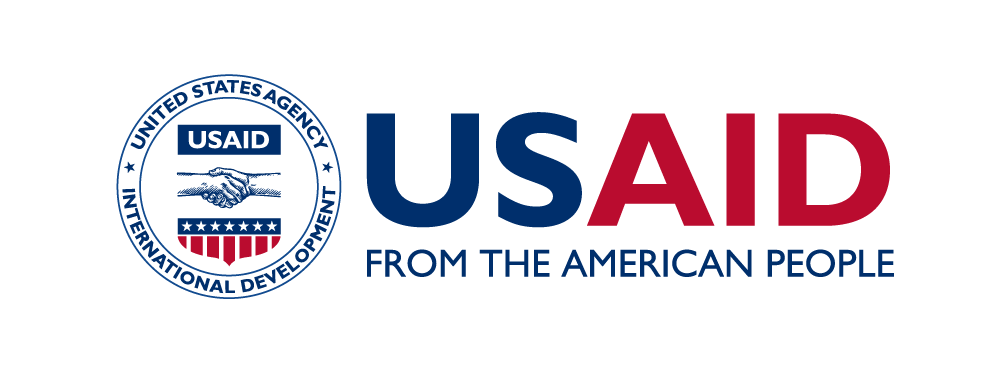Investments in HIV and AIDS Are Paying Off
Categories: Announcements
New analysis presented during the 2014 International AIDS Society Conference shows that investments in HIV and AIDS in low and middle-income countries are paying off. The data indicate that for the average country in Sub-Saharan Africa, increasing per capita HIV and AIDS investments by US$12 per year is associated with 250,000 fewer AIDS-related deaths or a 20% reduction.
Carlos Avila of the Health Finance & Governance Project, Dejan Loncar of The Global Fund to Fight AIDS, Tuberculosis, and Malaria, and Jose Antonio Izazola-Licea of UNAIDS used data from 2005 to 2012 in 58 low-and-middle-income countries to examine factors such as HIV and AIDS expenditures and HIV incidence and mortality. They found consistent results showing that HIV investments are associated with reducing the number of HIV infections AIDS-related deaths. A 10 percent increase in HIV spending is associated with preventing 1.5 infections per one thousand population in new HIV infections and doubling per capita investments is associated with a six percent reduction in the number of AIDS-related deaths. The data came from UNAIDS and the Global Fund, and are publicly available.
“Our analysis shows that investments in HIV and AIDS save lives,” Avila said. “If we are to truly achieve the goal of an AIDS-free generation, policies are needed that maintain the momentum and scale-up HIV investments, especially in low and middle-income countries.” He added “Looking forward, fewer resources should be needed if future efficiencies and targeted responses replace wide investments made during the emergency phase of the global response.”
While AIDS investments have been associated with unprecedented scale-up of HIV preventive services and anti-retroviral therapy — reaching almost U.S. $17 billion in 2011 — there has been little evidence on the relationship between these investments and the number of HIV cases and AIDS-related deaths. At the same time, international funding for HIV and AIDS has remained flat, while millions are still infected with HIV every year.
The researchers presented their findings during the International AIDS Society conference, which was held recently in Melbourne, Australia.



